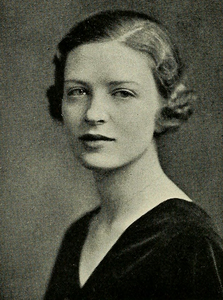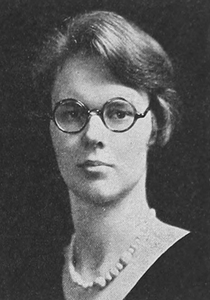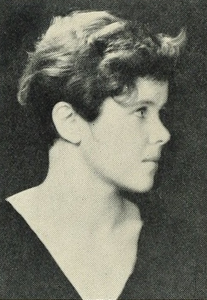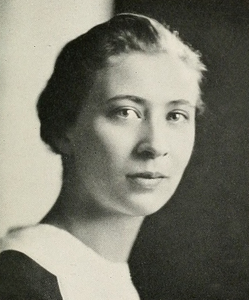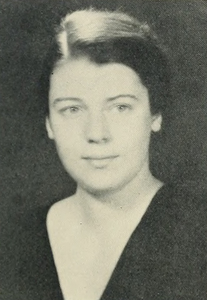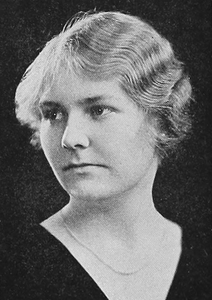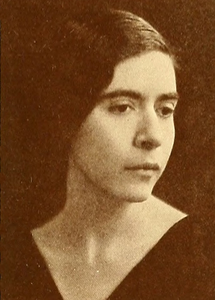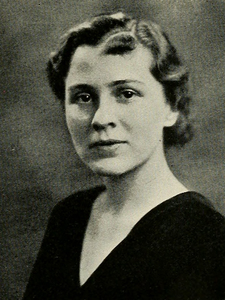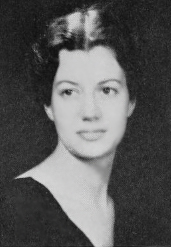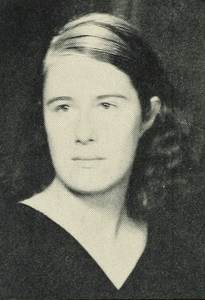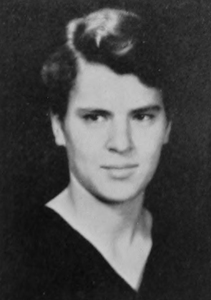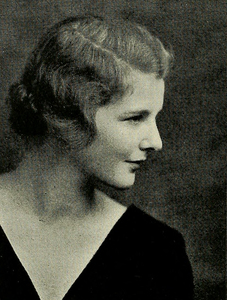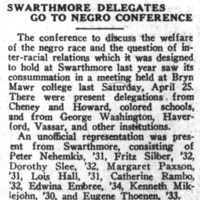Organizers and Attendees
Organizers
The back of the conference program1 provides a list of students' names who belonged to the conference committee or were responsible for the publicity and entertainment for the conference. The photos below are from the Bryn Mawr yearbooks. The organizers’ names on the program are formatted as First and/or Middle Initial, Last Name. While we have been able to confidently identify most students, we are uncertain whether “E. Cooke” refers to Elizabeth Lawson Cook or Enid Appo Cook.
Student Delegates
Several of the participating institutions reported on the conference in varying detail, some naming the student delegates sent. The Swarthmore Phoenix lists an “unofficial representation” of Peter Nehemkis ‘31, Fritz Silber ‘32, Dorothy Slee ‘32, Margaret Paxon ‘31, Lois Hall ‘31, Catherine Rambo ‘32, Edwina Embree ‘34, Kenneth Miklejohn ‘30, and Eugen Thoenen ‘33.2
The Vassar Miscellany News reported two members of the Vassar Liberal Club attended: Edith Rosenfels ‘34 and Ruth Lehman ‘34.3
The Hilltop at Howard University states “several young women of the campus” attended,4 and George Washington University's The Hatchet claims “about five members (of their Liberal Club) expect to attend.”5
Other Attendees
Among the attendees were faculty: Grace H. Dodge, Fellow in Social Economy; Marion Parris Smith, Professor of Economics--though listed as belonging to the Department of Sociology in The College News--who presided over “The Negro and Labor” afternoon session; and Professor Patterson of the University of Pennsylvania who presided over “The Economic Conditions of the Negro in America” morning session. This likely refers to Dr. E.M. Patterson, professor of economics at the University of Pennsylvania.6
The College News article says that “a number of college maids” also attended. The “college maids” were women of African descent who worked at Bryn Mawr College in a variety of service capacities. These women lived on the top floors of campus dormitories, in conditions less hospitable than the students who were housed on the lower floors. Unlike the undergraduates, these women had limited opportunities for intellectual growth and stimulation, in the form of night classes, Sunday classes, and a Maid’s Club.7 Although they attended the 1931 conference, there is no known record of their thoughts and impressions about the topic and speakers.
1. Bryn Mawr College. Program for Bryn Mawr College One-day Conference on The Economic Status of Negroes, April 25, 1931. W. E. B. Du Bois Papers (MS 312). Special Collections and University Archives, University of Massachusetts Amherst Libraries. ↩
2. "Swarthmore Delegates Go To Negro Conference," Swarthmore Phoenix, April 28, 1931.↩
3. "Conference on Status of Negro at Bryn Mawr," The Vassar Miscellany News, April 29, 1931.↩
4. "Women Attend Bryn Mawr Conference," The Hilltop, May 8, 1931.↩
5. "O'Neill Will Deliver Talk At Liberal Club Meeting," The University Hatchet, April 22, 1931.↩
6. "Faculty Sketches: Dr. E.M. Patterson," The Daily Pennsylvanian, May 7, 1932.↩
7. Redmond, Jennifer, "Maids, Porters and the Hidden World of Work at Bryn Mawr College: Celebrating Stories for Black History Month," Educating Women, The Albert M. Greenfield Digital Center, 12 February 2015.↩
